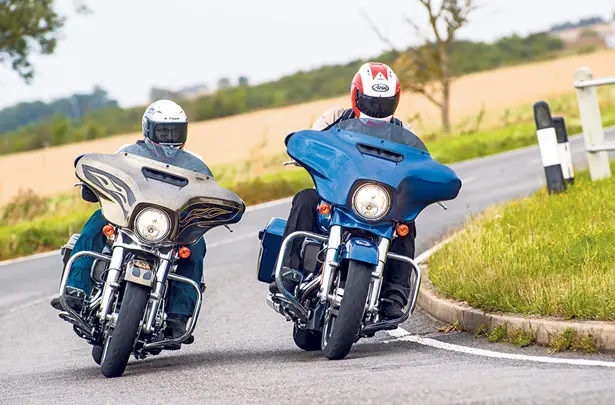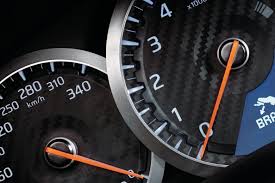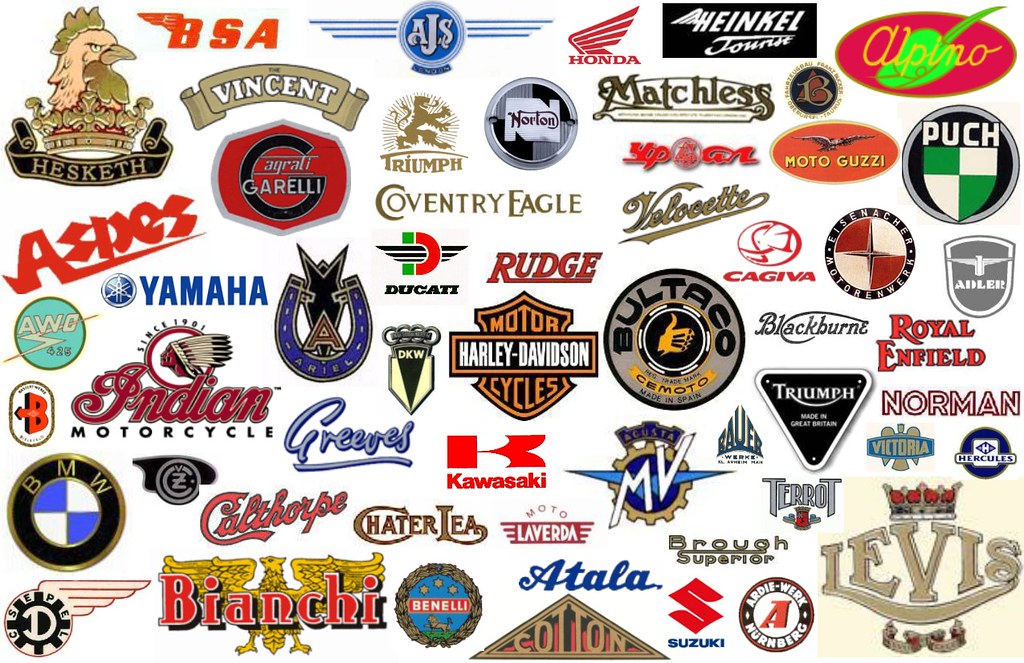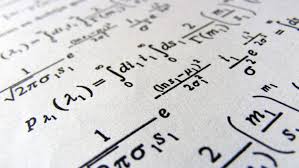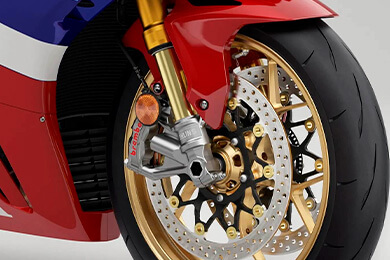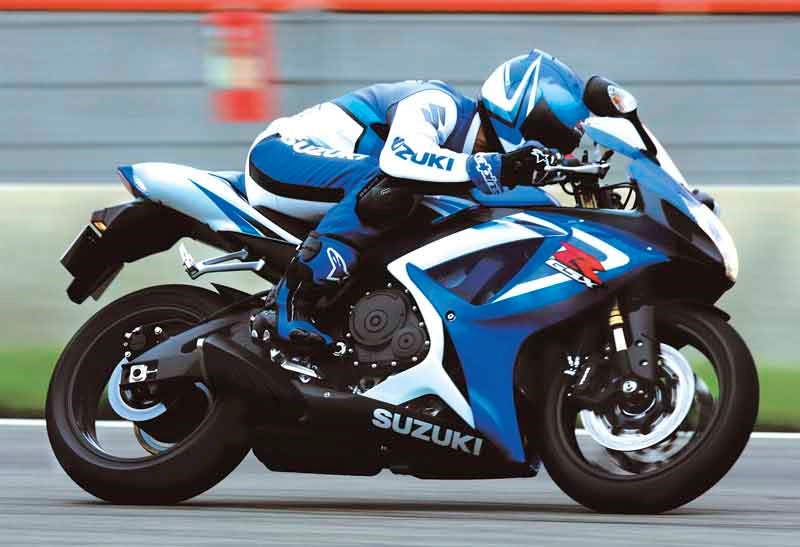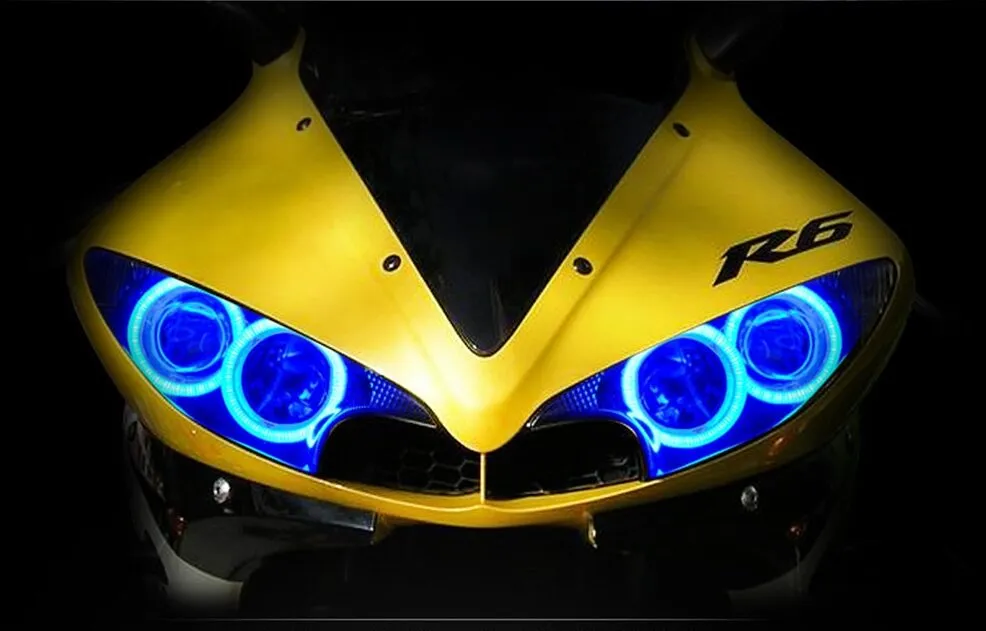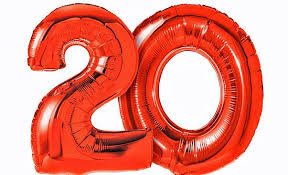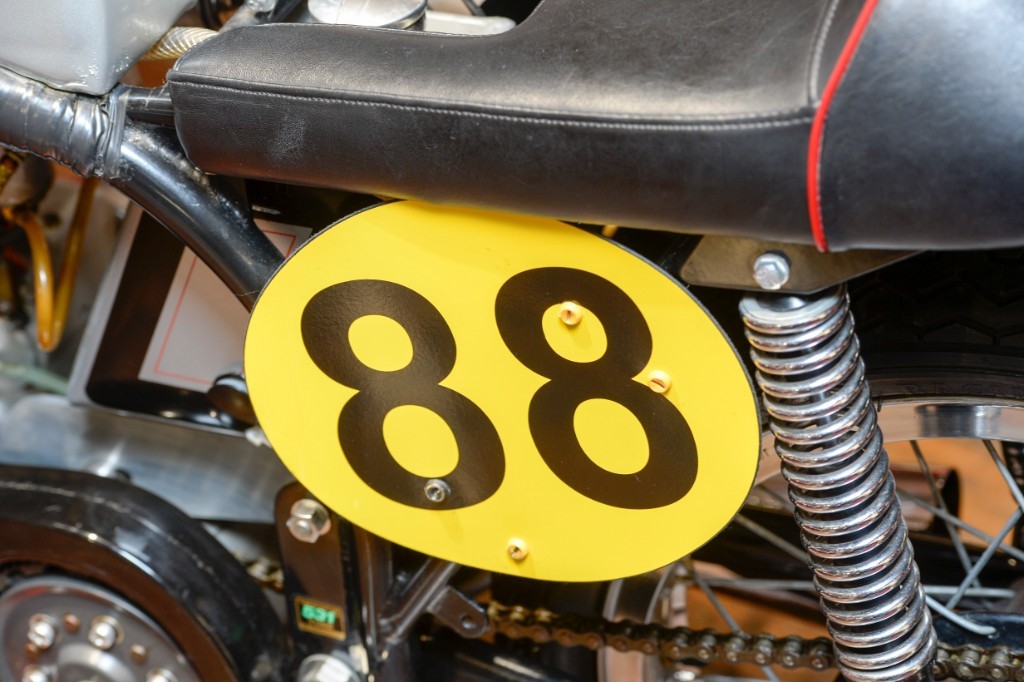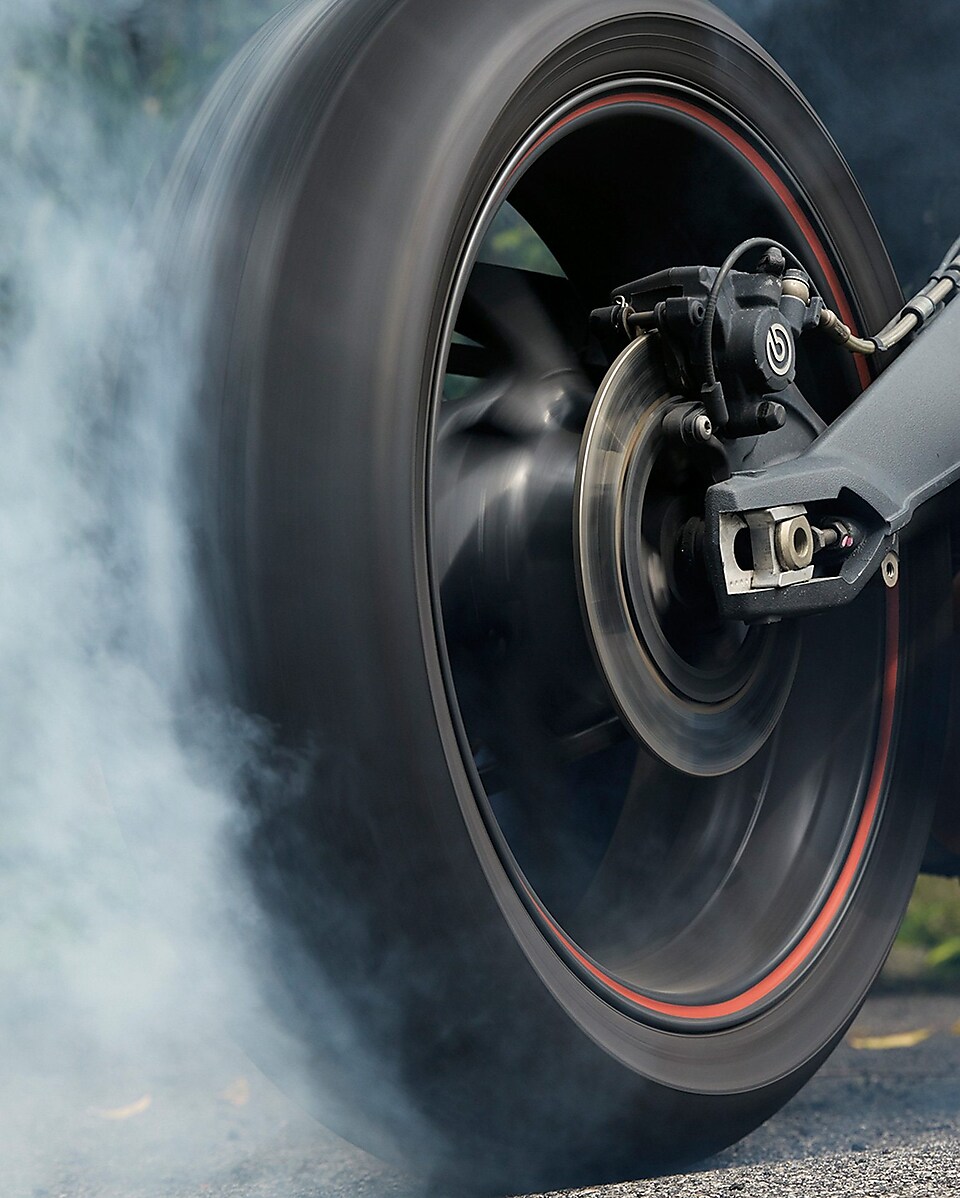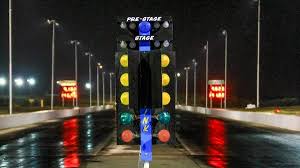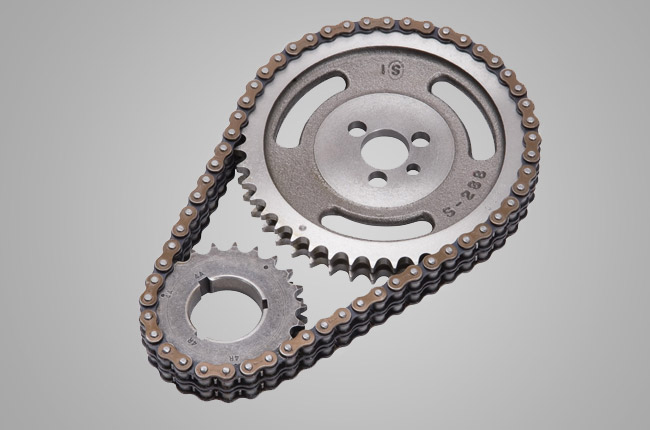


This edition of the Honda CB 400 Super Four is the 6 speed | Manual version and was first brought out in 2014. This was at around the same time as the introduction of the 2015 Honda AF24 Giorno and the 2015 Kawasaki Ninja H2 R 1000.This particular Honda CB 400 has a 399cc Air cooled, Two stroke, Wankel Petrol powerplant with 4 cylinders and Electronic Fuel Injection.
The 2014 CB 400 shares its Wankel engine and Standard style configuration with the likes of the 2020 Yamaha XSR 700 Twin and the 2018 Yamaha XSR 700 Twin. Alternatively, if you're looking for other bikes which share the CB 400's Standard style with a similar size of engine then how about the 1997 Suzuki GW 400 Inazuma | 1997cc.1988 Suzuki TV 250 Wolf | 1988cc.
Weighing in at 198 kgs (436 lbs) this makes the Honda CB 400 Super Four in the same weight category as the 2025 Kawasaki Z 900 DOHC or the 2025 Yamaha MT-07 Twin Cylinder , give or take 50kg.
In terms of power the 399cc 16 valve Wankel 4 cylinder engine produces 53 bhp (39 kW) @ 11000 rpm similar to the 2025 Yamaha WR 250 F [36.1 bhp (26 kW) @ 12000 rpm] or the 2025 Yamaha MT-07 Twin Cylinder [73.4 bhp (54 kW) @ 8750 rpm].
The DOHC Two stroke unit throws out torque of 29.5 lb-ft (39.9 Nm) @ 7500 rpm placing it alongside motorbikes of similar performance figures such as the 2025 Yamaha MT-07 Twin Cylinder [50.0 lb-ft (67.7 Nm) @ 6500 rpm] and the 2025 Yamaha Tenere 700 [50.2 lb-ft (68.0 Nm) @ 6500 rpm].
If one combines the weight with power or torque performance for the Honda CB 400 you can get a better idea of it's real world performance.
![Kawasaki VN 2000 Vulcan Limited Edition - [2005] image Kawasaki VN 2000 Vulcan Limited Edition - [2005] image](/editionimages/b/default.jpg)
The 2005 Kawasaki VN 2000 Vulcan Limited Edition has similar Bhp Per Ton stats as the 2014 Honda CB 400 Super Four.
The 2014 Honda CB 400 Super Four has a Power to weight ratio of 267.6 bhp per ton and 148.9 lb-ft per ton. Bhp Per Ton figures of the 2014 CB 400 competing with the 2005 Kawasaki VN 2000 Vulcan Limited Edition [292.6 bhp\ton] and the 2008 Kawasaki VN 2000 Vulcan [292.6 bhp\ton].
If you agree with the late great Carroll Shelby, then arguably an even better indicator of potential performance is Torque. Factor weight into the equation and you end up with - Torque per ton, with the Honda CB 400 generating around 148.9 lb-ft per ton. If you're curious as to what other motorbikes have as much torque to weight then look no further than the 2005 Kawasaki EX 500 R Ninja [173.4 lb-ft per ton] and the 2001 Kawasaki EX 500 R Ninja [173.4 lb-ft per ton].
With a 0-60mph time of 13.8 secs or a 0-100km/h (0-62mph) of 14.1 secs, this makes the Honda CB 400 Super Four similar in acceleration to the 2023 Kawasaki Eliminator 400 SE (13.8 secs) and the 2023 Kawasaki Ninja 400 DOHC (13.8 secs). This Honda CB 400 Super Four also competes in terms of 0-60 mph and 0-100km/h with the 2018 Honda CB 250 R Neo Sports Cafe (0.0 secs) and the 2020 Norton Superlight SS (0.4 secs).
![Suzuki TU 250 X - [1997] image Suzuki TU 250 X - [1997] image](/editionimages/b/default.jpg)
Quarter Mile time is a close race between the 2014 Honda CB 400 Super Four and the 1997 Suzuki TU 250 X
When talking about the performance of the 2014 Honda CB 400 Super Four on the drag strip it can reach a quarter mile in an estimated 0 secs @ 0 mph. Bikes with a similar performance down the quarter mile can be found in the 1997 Suzuki TU 250 X (0 secs) and the 1997 Honda VF 750 C Magna (0 secs).
The 2014 version of the Honda CB 400 Super Four has a maximum speed of 0mph.
If maxing out your bike on the AutoBahn is your thing and you're wondering what's faster at the top end than the 2014 Honda CB 400 Super Four then how about a 2013 Honda CHF 50 Metropolitan (35 mph) and the 2002 Honda CHF 50 Metropolitan (35 mph).





